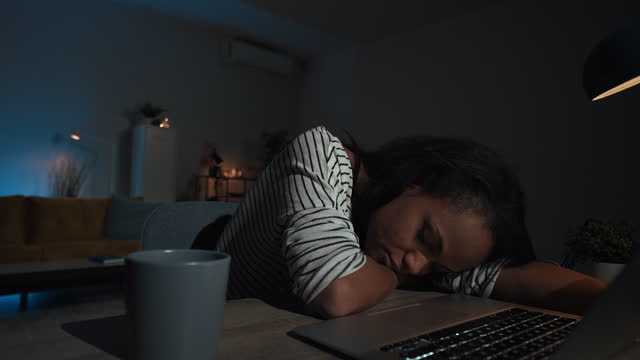
Picture this: It’s a typical day. You wake up, and your smartphone is the first thing you reach for. You scroll through social media, check emails, and maybe watch a quick video. Throughout the day, screens are everywhere – on your desk at work, in your hand during breaks, and in front of you as you unwind in the evening with your favorite show. But have you ever stopped to wonder, “How much screen time is too much?”
In an age where digital devices dominate our lives, understanding the impact of screen time on adults has become more crucial than ever. From productivity to mental health, the effects are far-reaching and often surprising. So, let’s dive into the digital dilemma and uncover how much screen time is too much and what we can do about it.
The Magnetic Pull of Screens
Screens are incredibly enticing. They offer a gateway to a world of information, entertainment, and social interaction. Whether it’s through our smartphones, computers, tablets, or TVs, we are constantly connected. But this connectivity comes at a cost.
Studies suggest that the average adult spends about 11 hours interacting with screens daily. That’s nearly half of our day consumed by digital displays. But what exactly does this mean for our health and well-being?
Read: Screen Time and Children: How Much is Too Much?
The Impact on Physical Health

1. Eyestrain and Discomfort
Spending prolonged periods staring at screens can lead to digital eyestrain. Symptoms include dry eyes, blurred vision, and headaches. The blue light emitted by screens can also disrupt sleep patterns, making falling and staying asleep harder.
2. Sedentary Lifestyle
Extended screen time often correlates with a sedentary lifestyle. Sitting for long periods can lead to weight gain, cardiovascular issues, and other health problems. To mitigate these risks, it’s essential to balance screen time with physical activity.
The Impact on Mental Health
1. Anxiety and Depression
Numerous studies have found links between excessive screen time and mental health issues such as anxiety and depression. Social media, in particular, can create feelings of inadequacy and loneliness, exacerbating these conditions.

2. Decreased Attention Span
Constant notifications and the habit of multitasking on devices can shorten attention spans and make it difficult to focus. This can impact productivity and the ability to engage deeply with tasks or conversations.
Finding the Balance
So, how much screen time is too much? While there isn’t a one-size-fits-all answer, experts suggest that adults should aim to limit recreational screen time to about two hours per day. Here are some strategies to help you find a healthy balance:
1. Set Screen Time Limits
Use apps or built-in device settings to monitor and limit your screen time. Setting specific time limits for recreational use can help ensure you don’t overdo it.
2. Take Regular Breaks
Follow the 20-20-20 rule: Every 20 minutes, take a 20-second break and look at something 20 feet away. This can help reduce eyestrain and improve focus.
3. Prioritize Physical Activity
Incorporate physical activities into your daily routine. Whether it’s a quick walk, a workout session, or even stretching, moving your body can counteract the effects of prolonged sitting.
Read: Men’s Grooming Guide: Elevate Your Routine With These Tips
4. Create Screen-Free Zones
Designate certain areas of your home, like the bedroom or dining room, as screen-free zones. This can help create a healthier relationship with technology and promote better sleep and more meaningful interactions.
5. Mind Your Posture

Be conscious of your posture when using screens. Ensure your workstation is ergonomically set up to prevent strain on your neck and back.
Navigating the digital landscape requires mindfulness and intentionality. By setting boundaries and making conscious choices about how we use screens, we can enjoy the benefits of technology without compromising our health.
Remember, screens are tools meant to enhance our lives, not dominate them. So, the next time you find yourself lost in the digital world, take a moment to step back, stretch, and reconnect with the real one. Your mind and body will thank you.
